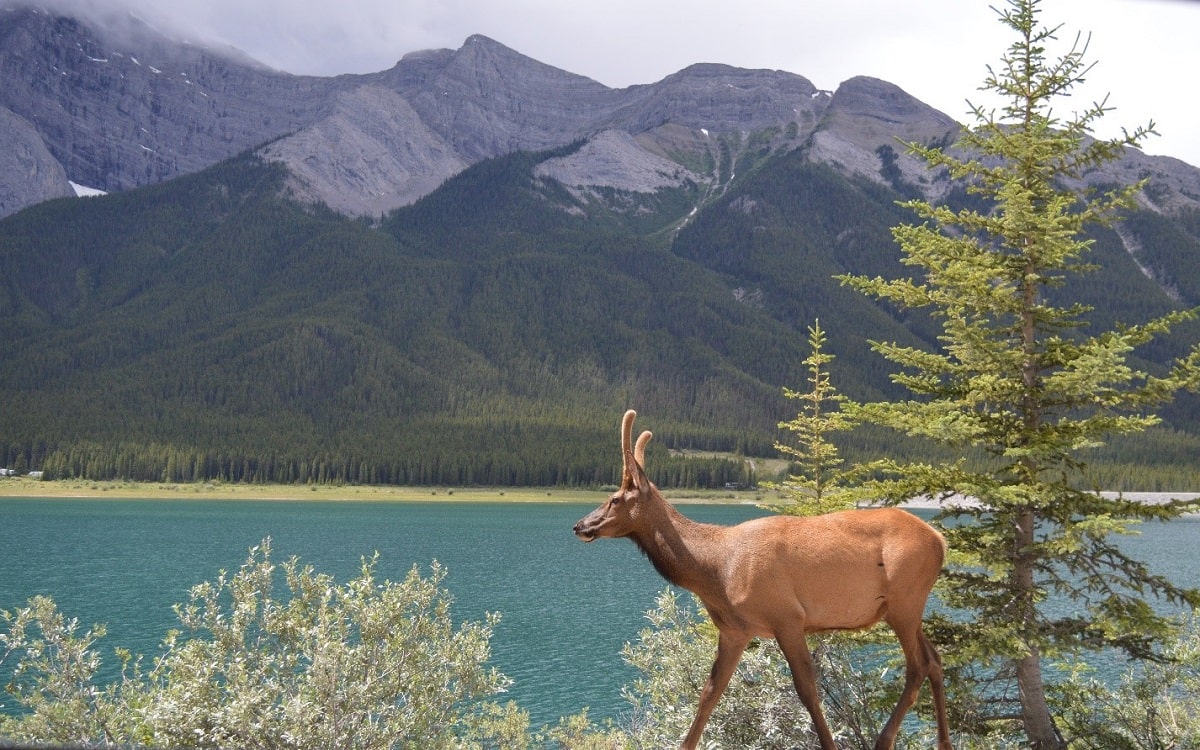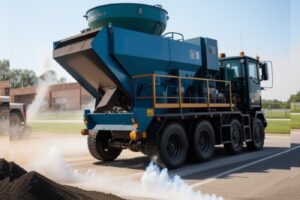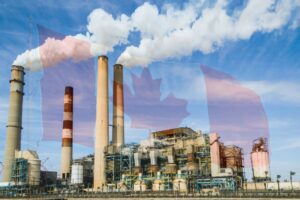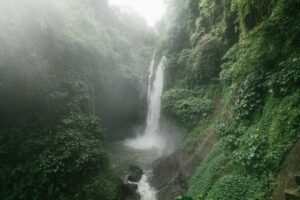Air pollution has become an increasingly pervasive issue in recent years, with the burning of fossil fuels, industrialized production, and other human activities having a huge impact on the environment. One of the most concerning effects of air pollution is its impact on jungles, a vital part of the global ecosystem. Air pollution can have serious consequences for plant and animal life, as well as the climate, and can ultimately lead to a decrease in biodiversity. In this article, we’ll explore 7 of the most significant effects of air pollution on jungles, and how they can be mitigated. By understanding the dangers of air pollution and taking steps to reduce it, we can help ensure that jungles stay healthy and biodiverse for generations to come.
Damage to Plant and Animal Species
Air pollution can also have a direct effect on the health of the plants and animals in a jungle environment. This is because air pollution can reduce the amount of oxygen available in the air, which can damage the respiratory systems of animals and can stunt the growth of plants. Air pollution can also introduce toxins and other pollutants into the environment that can be absorbed by plants and animals, leading to further health problems.
Increase in Global Temperature
Air pollution can also contribute to global warming, which can have devastating effects on jungles. This is because higher temperatures can cause a decrease in precipitation in certain areas, making it more difficult for plants to thrive. Higher temperatures can also cause an increase in the number of pests, which can lead to an increase in disease and destruction of the vegetation in the area.
Increase in Water Pollution
Air pollution can also contribute to water pollution in a jungle environment. This is because pollutants can be introduced into the water supply through rain, which can harm the health of the plants and animals in the area. Pollutants can also be introduced into the water through runoff from land polluted by air pollutants, which can further exacerbate the problem.
Acid Rain
Air pollution can also lead to acid rain, which can have a devastating effect on the plants and animals in a jungle environment. Acid rain is caused by the release of sulfur dioxide and other pollutants into the atmosphere, which can mix with water droplets in the air and form a toxic mixture. This mixture can then fall to the ground, causing damage to the plants and animals in the area.
Deforestation
Air pollution can also contribute to deforestation in a jungle environment. This is because air pollution can lead to an increase in global temperatures, which can cause a decrease in precipitation in certain areas. This can lead to an increase in the occurrence of forest fires, which can lead to large-scale destruction of the vegetation in the area.
Conclusion
There are several ways to reduce air pollution, such as cutting back on the quantity of fossil fuels we burn, switching to cleaner energy sources, producing less garbage, and stopping the deforestation of our rainforests. These actions will help to safeguard our rainforests and ensure that they are vibrant and healthy for future generations.
EnviroComp offers an easy solution to factories and plants to try and reduce their pollution. You can read more about us here.





